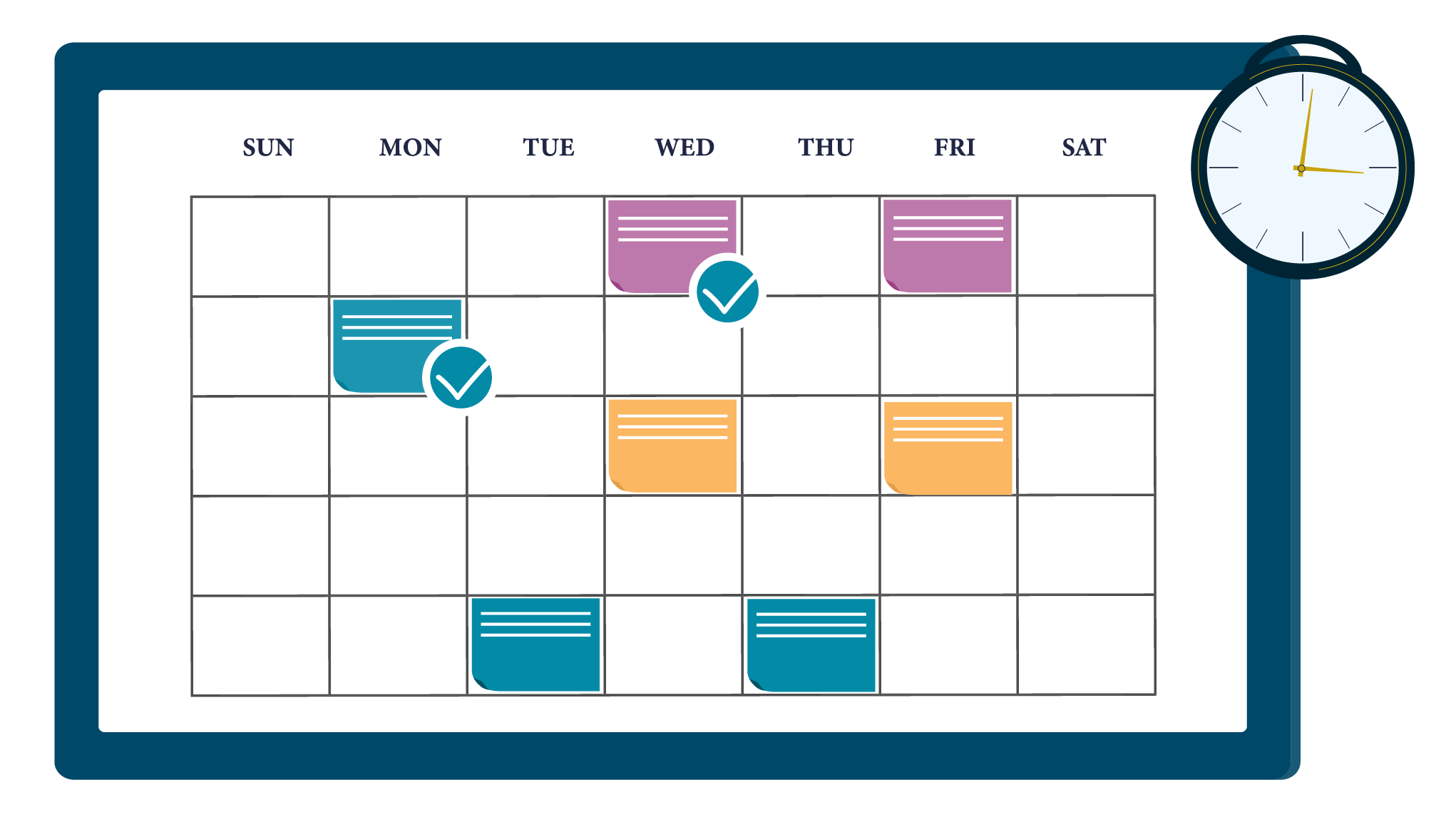5) Feel confident from the start with training
One of the key elements to successful CRM implementation is choosing a provider who can give you several different options when it comes to training, based around the needs and preferences of you and your teams which also consider your culture.
Don’t settle for a provider who only offers stock training, training universities or extremely limited and basic resources as I can guarantee that this will fall far below what you find that you need. Instead, your training should be tailored to your business processes and each training session should be short, concise and easy to follow
Here at Gold-Vision, we offer a variety of web training and in-person training. This is because, as the software author and specialist, we endeavour to work with the customer to identify their key business processes and make sure that the training revolves around them.
You don’t have to train everyone on everything
It’s a good idea to put together a timetable which will help your users understand which sessions they should go on. By segmenting the sessions into smaller chunks it will help them take everything in and improve the training experience.
It’s also worth working closely with your CRM provider when it comes to training, especially if they offer “train-the-trainer” style training, in which an initial ‘super-user’ team who have been involved since the start of the project, are trained on how to use the system.
Because they have been involved since the beginning, this ‘super-user’ team will more easily understand how the CRM has been configured, how certain processes work and how the data has been configured. They can then cascade this training out to the rest of the CRM users.
Your CRM consultant is your friend
Alternatively, you may want your CRM provider to be involved in all user training, in which case, rather than the super users being involved, your CRM consultant will orchestrate and lead the training. Hopefully, by the end of your user training sessions, you will have achieved user acceptance from everyone and will now be in a position to go-live.
You might also want to consider any additional support that some users may need following go-live. Your consultant will be able to provide some helpful tools and reporting to monitor your users’ CRM usage after training, so that you can pick up where necessary.













